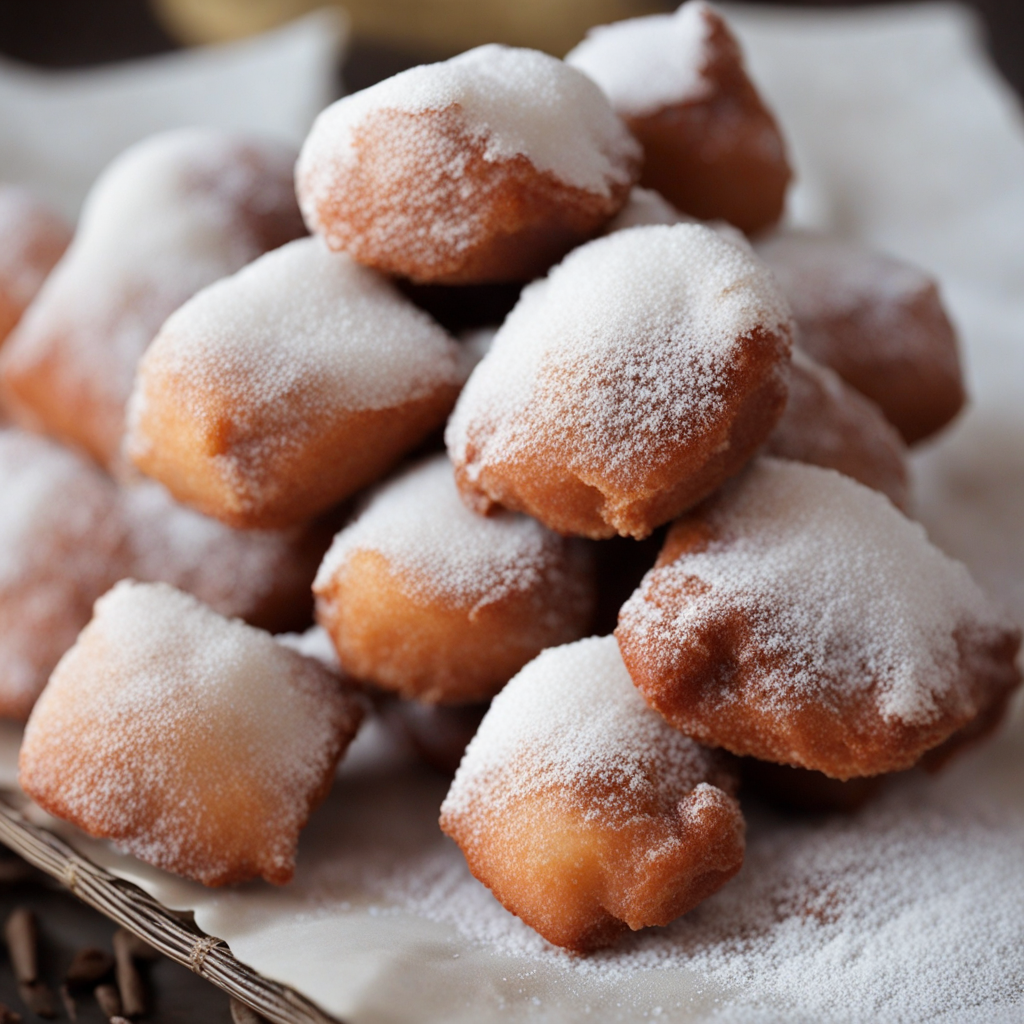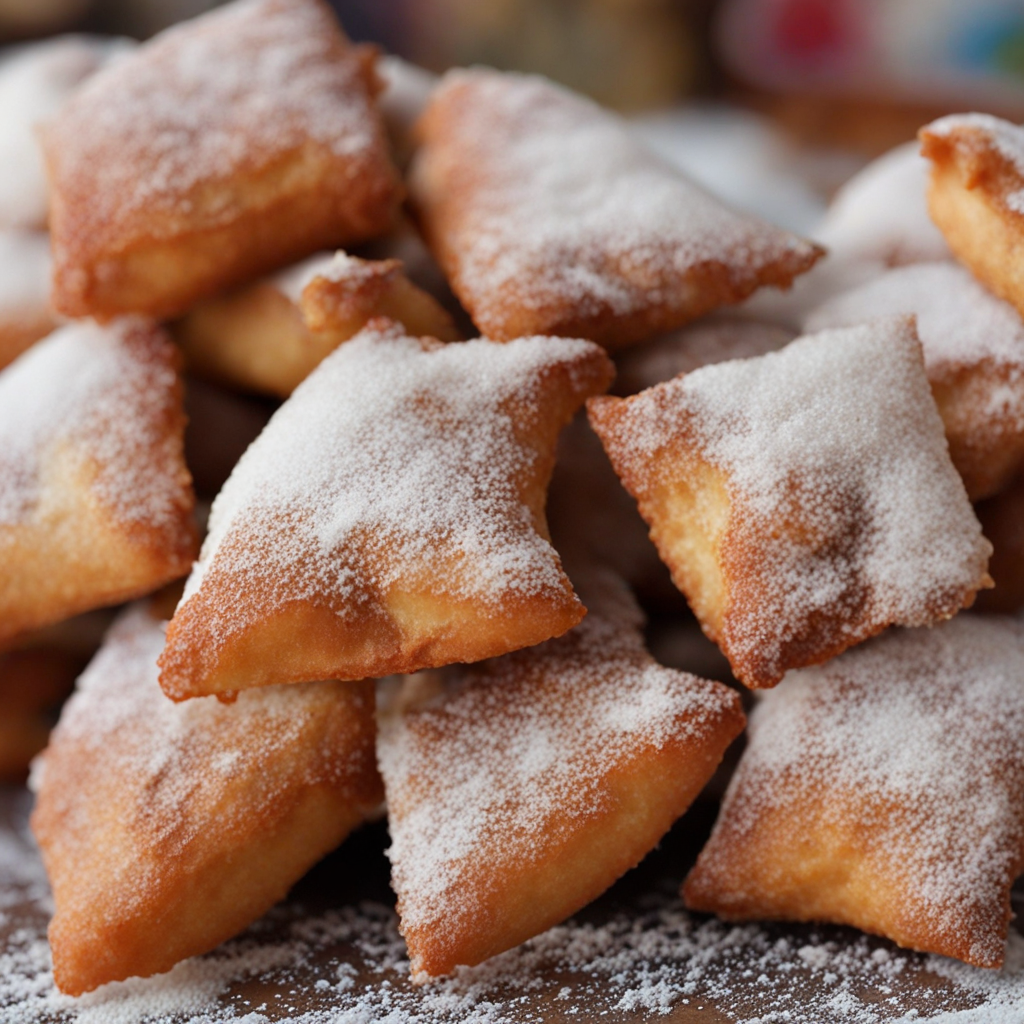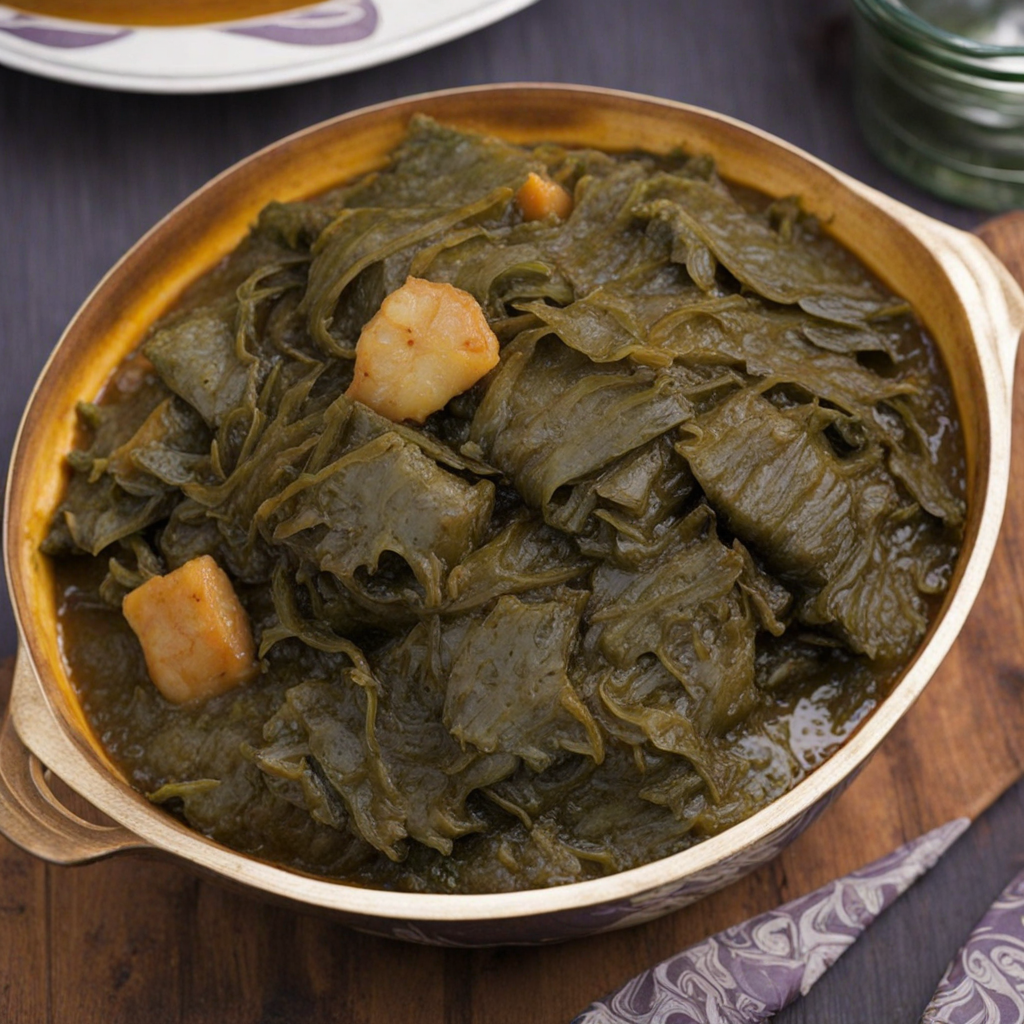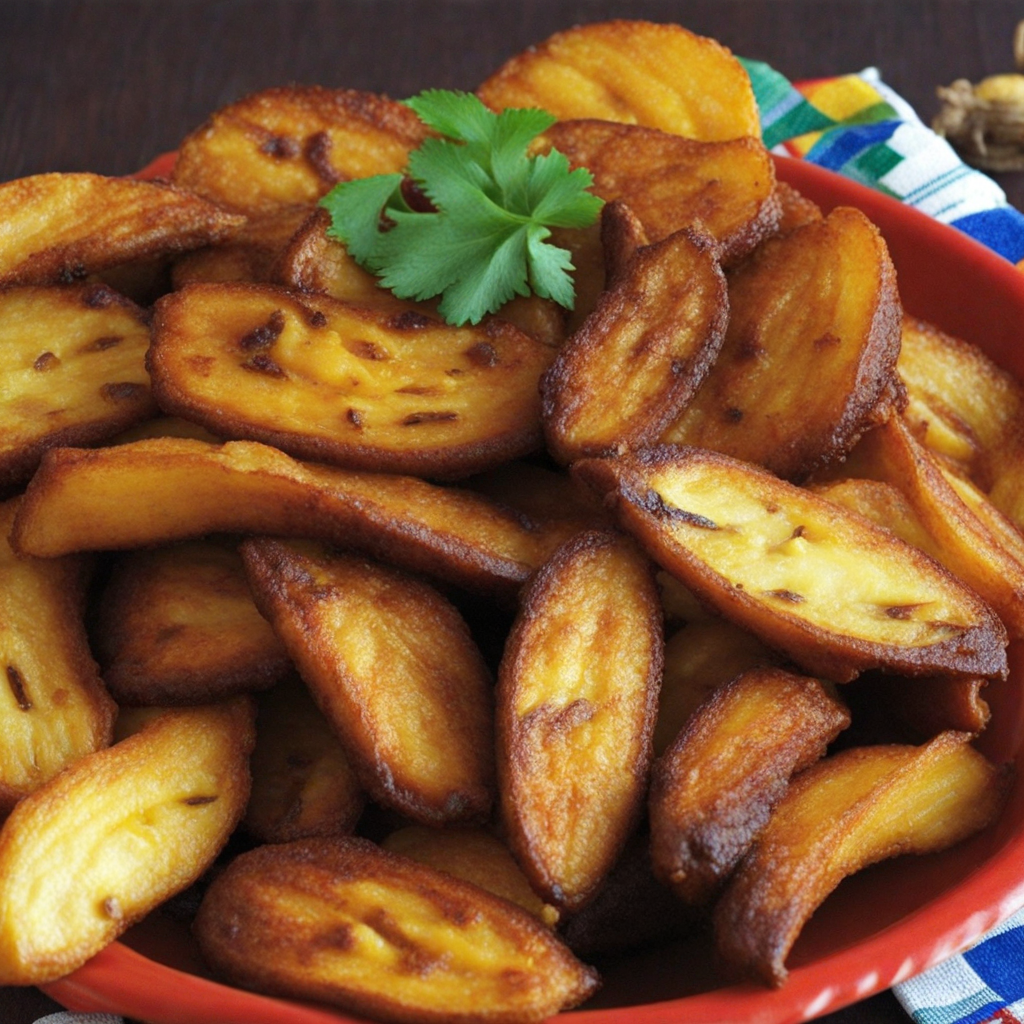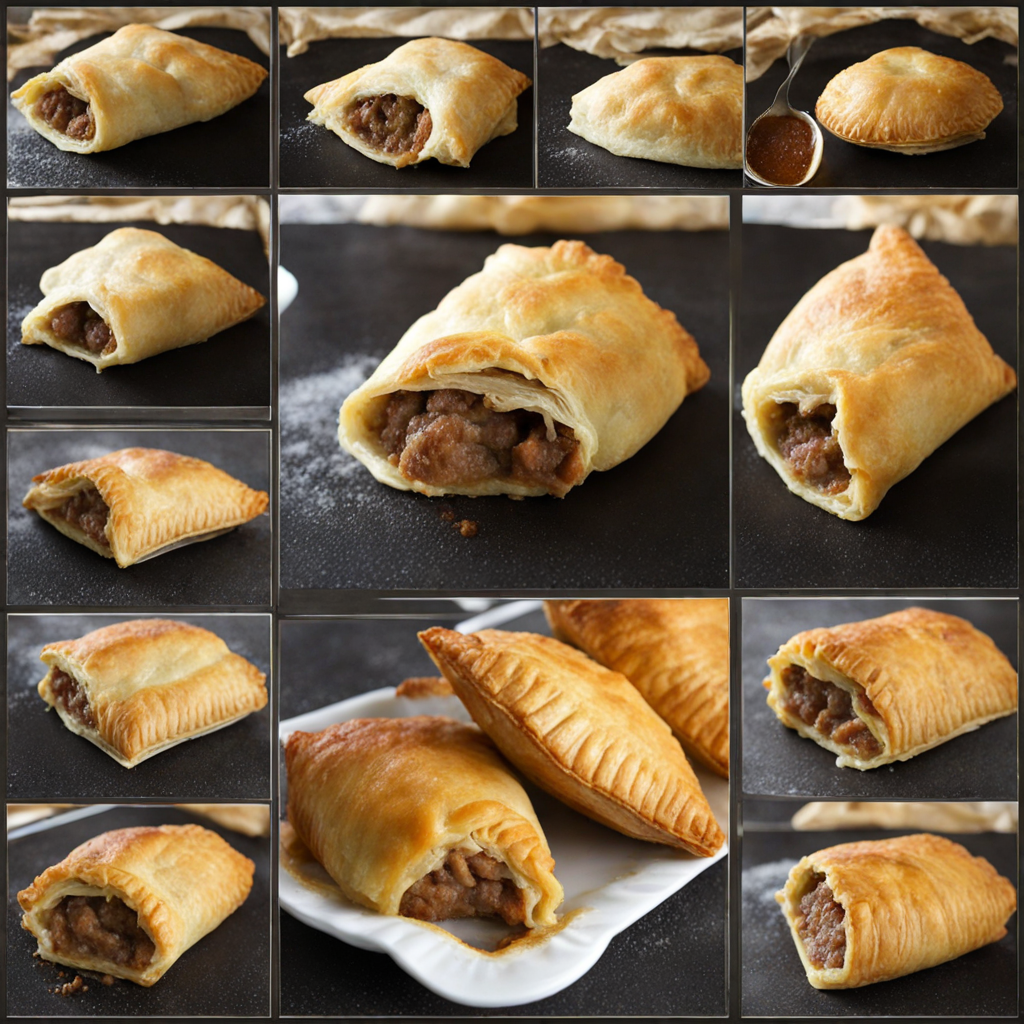Mikate
Mikate is a delightful Congolese treat that embodies the rich culinary traditions of the Democratic Republic of the Congo. These small, round balls are made primarily from flour, sugar, and water, combined to create a smooth dough. The mixture is then deep-fried to golden perfection, resulting in a crispy exterior that gives way to a soft, fluffy interior. Each bite offers a satisfying crunch, followed by a warm and tender texture that makes it an irresistible snack for both locals and adventurous eaters alike. The flavor of Mikate is subtly sweet, making it a versatile treat that can be enjoyed on its own or paired with a variety of dips and sauces. While they are often served with a sprinkle of powdered sugar, some versions may also include spices or flavorings, adding a unique twist to the traditional recipe. The sweetness is not overwhelming, allowing the natural flavors of the dough to shine through, making it a delightful accompaniment to coffee or tea, perfect for an afternoon treat. What sets Mikate apart is not just its taste but also its cultural significance. This snack is often enjoyed during gatherings, celebrations, and community events in Congo, symbolizing togetherness and joy. The process of making Mikate can be a communal activity, bringing friends and family together to share in the fun of cooking and eating. For those looking to explore the culinary landscape of Africa, Mikate is a must-try, offering a unique taste that reflects the heart and soul of Congolese hospitality.
How It Became This Dish
The History of Mikate: A Culinary Gem from the Heart of Congo Mikate, a delightful deep-fried doughnut, holds a cherished place in the culinary landscape of the Democratic Republic of the Congo (DRC). This traditional snack, sometimes referred to as "African doughnuts," is more than just a food item; it represents a rich tapestry of cultural significance, historical evolution, and communal identity that extends beyond its delectable taste. #### Origins of Mikate The origins of Mikate can be traced back to the various ethnic groups that inhabit the Congolese region, particularly the Kongo people, who have a long-standing tradition of cooking with local ingredients. The name "Mikate" itself is derived from the Kikongo language, where "mikat" means "dough." This simple etymology reveals the dish's humble roots and the foundational role of flour in its preparation. Traditionally, Mikate is made from a mixture of flour, sugar, yeast, and water, which is kneaded into a dough, allowed to rise, shaped into small balls, and then deep-fried until golden brown. Variations of the recipe may include the addition of spices, coconut, or even sweet potato, reflecting the local agricultural practices and the availability of ingredients. The simplicity of the ingredients belies the complexity of its cultural significance. #### Cultural Significance In the DRC, Mikate is more than just a snack; it is a symbol of hospitality and community. It is commonly prepared during social gatherings, family celebrations, and religious events. The act of making Mikate is often a communal affair, where families come together to knead dough, engage in lively conversation, and share stories. This process fosters a sense of unity and strengthens social bonds, highlighting the importance of food as a medium for connection in Congolese culture. Mikate also plays a role in various rites of passage and celebrations. During weddings, Mikate is often served as a treat for guests, symbolizing abundance and joy. In religious contexts, it may be offered as part of traditional ceremonies, reflecting gratitude to ancestors or the divine. The preparation and consumption of Mikate can be seen as a ritual that brings people together, emphasizing the importance of community and shared experiences in Congolese life. #### Development Over Time The history of Mikate is intertwined with the broader socio-political and economic developments in the DRC. Since the colonial era, the country has experienced significant upheaval, including the exploitation of its natural resources and the impact of various wars. Despite these challenges, the tradition of making Mikate has persisted, adapting to new circumstances while retaining its cultural essence. During the late 19th and early 20th centuries, the introduction of Western culinary practices influenced Congolese cuisine, and Mikate began to incorporate new ingredients and methods. For instance, the use of baking powder became popular, leading to a lighter texture. The influence of Christian missionaries also played a role, as they brought new baking techniques and equipment, further diversifying the ways in which Mikate could be prepared. As urbanization increased in the late 20th century, Mikate found a new identity in the bustling streets of cities like Kinshasa and Lubumbashi. Street vendors began to sell these delicious treats, making them accessible to a wider audience and transforming Mikate into a popular snack for busy city dwellers. The rise of street food culture in the DRC highlighted the versatility of Mikate, which could be enjoyed on the go, served with a variety of dips, or paired with beverages like tea or coffee. #### Contemporary Mikate: A Culinary Revival In recent years, there has been a renewed interest in traditional Congolese foods, including Mikate. This revival is driven by a desire to preserve culinary heritage and promote local ingredients. Chefs and home cooks alike are experimenting with Mikate, creating innovative variations that incorporate flavors from different cultures, such as chocolate or spices from the East African region. Moreover, the global interest in African cuisine has elevated Mikate to an international platform. Food festivals, cooking classes, and culinary tours in the DRC now feature Mikate, allowing visitors to experience this beloved snack while learning about its cultural significance. Social media has also played a significant role in this revival, with food bloggers and influencers sharing recipes and stories about Mikate, thus spreading awareness of Congolese culinary traditions. #### Mikate as a Symbol of Resilience Mikate embodies the resilience of the Congolese people, who have navigated through historical adversities while holding onto their culinary heritage. As a food that is deeply rooted in tradition yet adaptable to change, Mikate serves as a reminder of the strength and creativity of the Congolese spirit. It reflects the ability of communities to preserve their identity even in the face of globalization and modernization. In a world where traditional foods are often overshadowed by fast food and mass-produced snacks, Mikate stands as a testament to the power of local cuisine. It invites us to slow down, savor the moment, and celebrate the communal aspects of eating. The simple act of sharing Mikate can bridge cultural divides, fostering understanding and appreciation for the diverse culinary landscapes that exist around the globe. Conclusion Mikate is more than just a delicious treat; it is a cultural artifact that encapsulates the history, traditions, and social values of the Democratic Republic of the Congo. From its humble origins to its contemporary evolution, Mikate continues to be a powerful symbol of community, resilience, and the enduring connection between food and culture. As we enjoy this delightful snack, we are reminded of the rich narratives that food can tell—stories of people, places, and the shared human experience.
You may like
Discover local flavors from Congo


